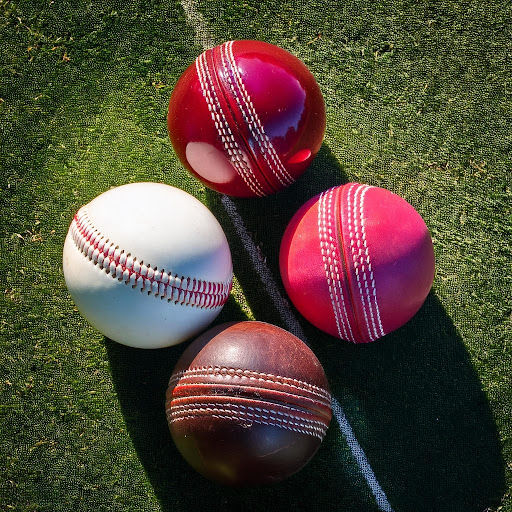Why aren’t there more women umpires in Women’s Cricket matches?
- rishitatank
- Jun 2
- 2 min read
Introduction:

When we turn on the television to watch a women’s cricket match, it’s refreshing to see the growing participation of women players, commentators, and even presenters. But there’s one glaring gap that still often goes unnoticed — the umpires. Despite it being a women’s game on the field, more often than not, the decisions are still being made by male umpires. It’s a subtle yet significant oversight that begs the question: Why aren’t more women officiating women’s cricket matches?
Breaking Stereotypes, Slowly
Cricket, much like several other sports, has long been male-dominated — not just in terms of players but also in decision-making roles like coaching, commentary, and umpiring. Even as women’s cricket gains momentum globally, the structural imbalance remains. The role of an umpire demands authority, decision-making ability, and composure under pressure — qualities that women undoubtedly possess, but have rarely been trusted with in traditional sporting ecosystems.
It’s not about capability. It’s about opportunity.
Barriers Beyond the Boundary
The pathway to becoming a cricket umpire isn’t easy, and for women, it’s even harder. While training courses and certifications are theoretically open to all, the lack of mentorship, encouragement, and exposure has historically kept women away. In many countries, aspiring female umpires have to overcome societal pressures, limited access to training, and the sheer lack of representation to even consider this as a career path.
Another factor is visibility. When girls don’t see women in umpiring roles, they don’t consider it an option. Representation matters — not just for inspiration, but to normalize the presence of women in authoritative roles within the game.
The Ripple Effect of Inclusion
Incorporating more female umpires into women’s cricket matches wouldn’t just be a gesture of gender equality — it would enhance the integrity of the sport. Female umpires bring unique perspectives, empathetic understanding, and a strong sense of fairness. Plus, having women officiate women’s matches creates a more balanced environment where female athletes feel seen and supported.
It can also encourage more women to take up roles in cricket beyond playing, whether in officiating, coaching, or administration. The ripple effect is powerful: One woman behind the stumps can inspire dozens more off the pitch.
Progress Is Happening — But Not Fast Enough
The ICC and several national boards have begun taking steps to include women in umpiring panels. Names like Claire Polosak, who became the first woman to umpire a men’s ODI, and Sue Redfern, a prominent English umpire, have made headlines. But these are exceptions, not the norm.
The future of cricket is inclusive, diverse, and representative — or at least it should be. If we are cheering for women on the field, why aren’t we empowering them off the field, too?
It’s time women’s cricket fully embraced women, not just as players, but as decision-makers too. And that begins with seeing more female umpires raising their fingers in the spirit of fair play.
For reading more such informative blogs, visit- https://www.rirosports.com/blog





Comments